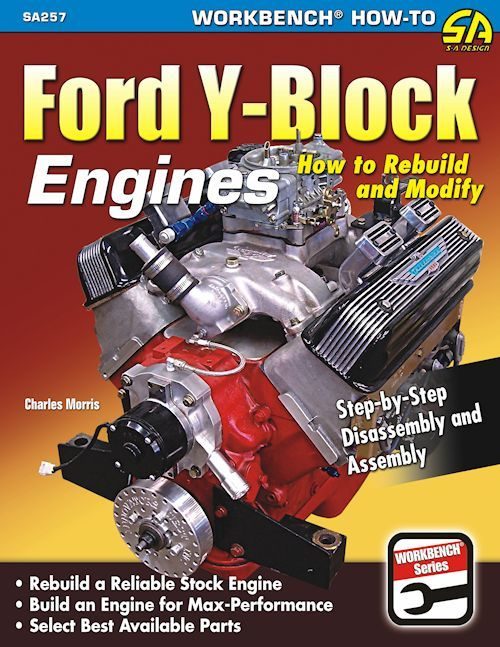How do you rebuild an ATV? The goal is to rebuild it before that happens. Keep an hour meter on your ATV. Dr.D ([951] 808-1114) sells a great one. Under hard use, you should think about replacing the piston in a sport ATV after 50 hours. Beyond that, you should also have a magnetic drain plug.
How do I know if my engine has been rebuilt? Check the cylinder bores. You may want to use a micrometer to determine the bore diameter, very worn cylinders may be too far gone to allow a successful rebuild. If you know the engine hasn’t been rebuilt previously, you can get a good idea of the wear to the cylinder walls by looking at the cylinder ridge.
Is rebuilding an engine a good job? Rebuilding an engine is a big job, but planning smartly for a successful rebuild project can help eliminate the possibility of costly mistakes, saving you time, energy, and frustration.
How much does an ATV carb overhaul cost? If you can get away with just buying a kit from Amazon or cycle-parts. com, it will be a bit cheaper. An ATV carb overhaul should include the disassembly, cleaning, clearing of all passages, reaming jets, tuning accelerator pump timing and replacement of needed parts. How much does an ATV carb overhaul cost? Typically, it will cost between $75-200.
Table of Contents
What Are the Benefits of Having an Engine Rebuilt Instead of Replaced? Rebuilding a damaged engine may be a more economical option than full replacement. In an engine rebuild bearings, gaskets, and seals are replaced.
So to answer your question, if an engine rebuild is done well, the engine absolutely can last many tens of thousands of miles. And if you really plan to keep the car for 75,000 or 100,000 miles, you should consider finding a good car that you like, and then having the engine rebuilt yourself.
It’s not difficult. But it is very expensive. Making and selling cars has tight profit margins. It can be a lot cheaper to buy an engine off the shelf than to design one from scratch.
Making and selling cars has tight profit margins. It can be a lot cheaper to buy an engine off the shelf than to design one from scratch.
The benefit of replacing the engine with a new or rebuilt engine is that the car can be expected to run for many more years. Replacing the engine is almost always less expensive than buying a new car. Benefits and disadvantages come with both new and rebuilt engines.
“A rebuilt engine can be as good as the OEM one,” Snyder said. “Sometimes a rebuilt engine can maintain the original engine warranty.” A salvage title could have many underlying problems like flood damage or a serious accident history, while a car with a rebuilt engine has just one concern: the motor.
What’s the average cost to rebuild an ATV Engine? It costs averagely around $500 – $700 to rebuild an ATV engine.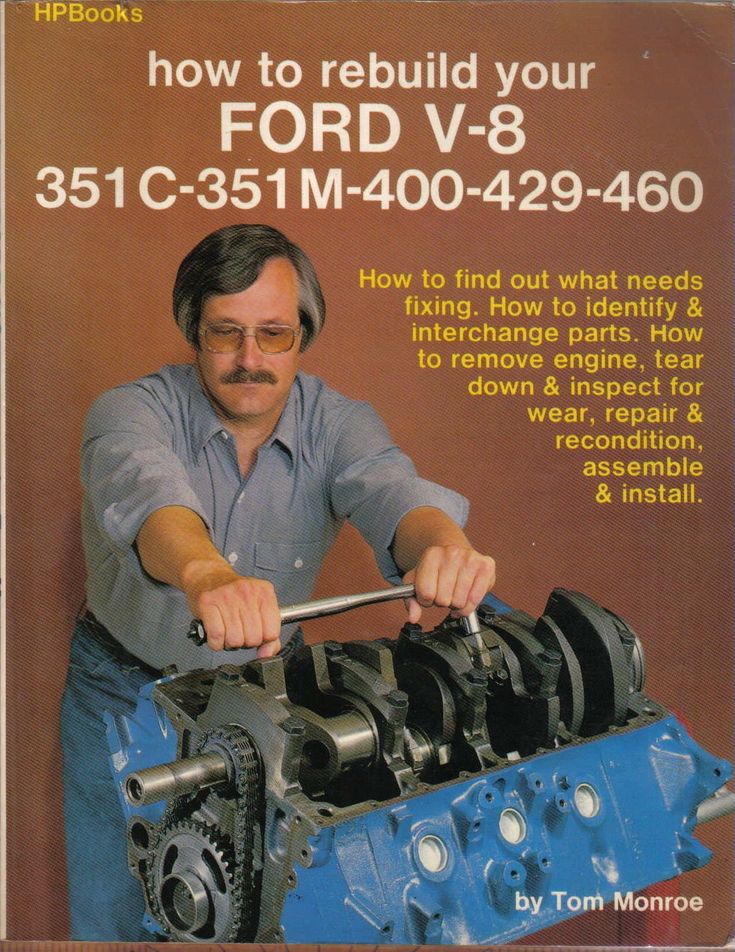 But some ATV repair shops asks you to buy the new parts needed or give them an upfront fee for the parts need to be replaced and charge an hourly rate for the rebuilding work.
But some ATV repair shops asks you to buy the new parts needed or give them an upfront fee for the parts need to be replaced and charge an hourly rate for the rebuilding work.
So to answer your question, if an engine rebuild is done well, the engine absolutely can last many tens of thousands of miles. And if you really plan to keep the car for 75,000 or 100,000 miles, you should consider finding a good car that you like, and then having the engine rebuilt yourself.
If your car engine is damaged and you place a used engine or a rebuilt engine in your car, it can give a new life to your car but not more value. Because these engines have usage history and they will not run for a long time as your previous motor and cut the value in the price of your car or vehicle.
2-3 weeks is super fast time. 1-3 months is more typical.
“A rebuilt engine can be as good as the OEM one,” Snyder said. “Sometimes a rebuilt engine can maintain the original engine warranty.” A salvage title could have many underlying problems like flood damage or a serious accident history, while a car with a rebuilt engine has just one concern: the motor.
“Sometimes a rebuilt engine can maintain the original engine warranty.” A salvage title could have many underlying problems like flood damage or a serious accident history, while a car with a rebuilt engine has just one concern: the motor.
“A rebuilt engine can be as good as the OEM one,” Snyder said. “Sometimes a rebuilt engine can maintain the original engine warranty.” A salvage title could have many underlying problems like flood damage or a serious accident history, while a car with a rebuilt engine has just one concern: the motor.
Engine rebuild The advantage to having your engine rebuilt is the lower cost. However, since not all the worn parts are replaced, you can’t be sure how long they it will last. You might get a warranty with an engine rebuild, but it typically isn’t for very long.
Rebuilding engines is not HARD work, it is fine work with much measuring, machining, mating, matching and such.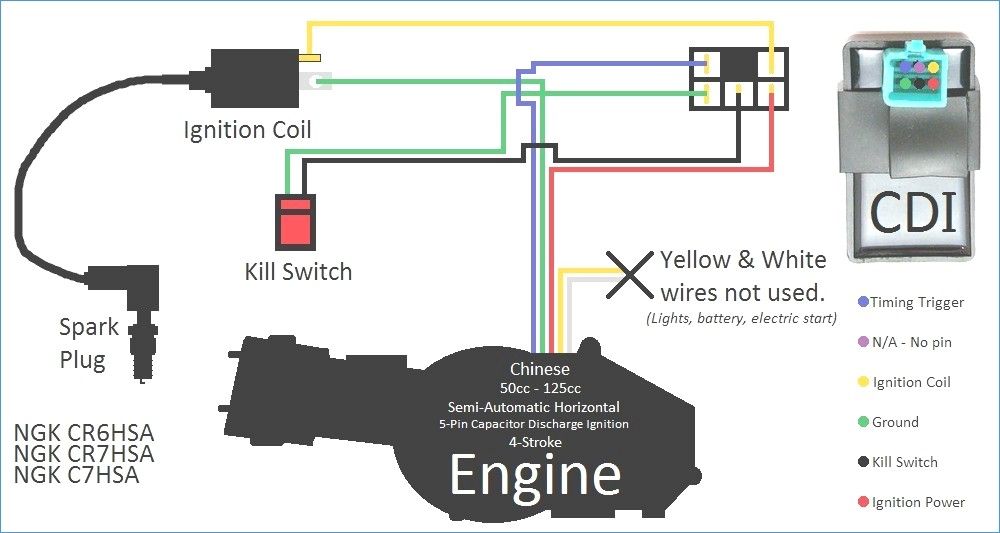 Special tools are needed to clean the block and heads, mill their mating surfaces flat, bore the cylinders and line bore the main bearing and cam bearing mounts.
Special tools are needed to clean the block and heads, mill their mating surfaces flat, bore the cylinders and line bore the main bearing and cam bearing mounts.
What Does an Engine Rebuild Cost? If the crankshaft is scored, the cylinder head can’t be rebuilt, the pistons need to be replaced, or the engine block is badly damaged, the engine rebuild cost could be thousands of dollars higher yet. Sometimes, an engine rebuild just isn’t worth it, like if your engine seized.
What Are the Benefits of Having an Engine Rebuilt Instead of Replaced? Rebuilding a damaged engine may be a more economical option than full replacement. In an engine rebuild bearings, gaskets, and seals are replaced.
Tod Sciacque (pronounced "Todd") drove his Yamaha Rhino until it wouldn't move anymore. | When a cylinder gets this bad, you no longer have the option of just replating it. L.A. Sleeve can install a whole new sleeve for less than the cost of a cylinder. | |||
1. KNOW HOW TO PREVENT 2. KNOW WHEN IT'S TIME 3. KNOW WHOM TO TRUST 4. KNOW WHAT TO PAY | ||||
Honda heads are so inexpensive it doesn't make sense to rebuild them unless you want the ultimate in performance. L.A. Sleeve will install copper beryllium seats and guides which are much better than stock. For Kawasaki and Suzuki heads, the rebuild process is cheaper than a new head. | If you can't salvage your old cylinder, check out Cylinder Works, which can sell a brand new cylinder for less money than the factories. | |||
Wiseco pistons are forged and much more durable than most original pistons. The coating on the skirt is still there after hours and hours of use. | Remember to replace that cam chain! For the $20 price of a new Wiseco chain, you can save your motor from thousands of dollars of damage. | |||
Rebuilding your crank is the least expensive route. Hot Rods sells rod kits that are less expensive than stock and L.A. Sleeve will put it all together. | Wosner is a German piston sold by Nik's Industries (1-888-500-NIKS) that provides good quality at a good price. | |||
| ||||
is expected to take for warranty work. You might have a friend at a dealership who can share those numbers. But, it's always best to get upfront pricing for an entire job. There are laws in all states governing the practices of both dealerships and home mechanics. You should know them and be sure to ask about "worst case" scenarios. 5. KNOW WHAT'S NECESSARY 6. KNOW ABOUT O.E. PARTS 7. KNOW ABOUT AFTERMARKET PARTS 8. KNOW ABOUT REBUILT PARTS 9. KNOW WHEN TO HOP UP 10. KNOW WHEN TO SELL | ||||
Modern ATVs are equipped with two-stroke and four-stroke engines. As a rule, two-stroke engines are installed on light, children's and teenage models, and four-stroke engines are installed on utility and powerful sports ATVs. The engines of all CFMOTO ATVs are four-stroke. Consider the principle of operation of 4-stroke engines and their advantages over 2-stroke ones.

The name speaks for itself - the engine sequence is divided into four strokes:
 They put pressure on the piston, causing it to move down. At this point, both valves are closed.
They put pressure on the piston, causing it to move down. At this point, both valves are closed.
Consider the step-by-step sequence of actions to start the engine on an ATV and note some features of operation.
 nine0014
nine0014 As you can see, there is nothing complicated in the operation of a four-stroke engine, everything is consistent and simple. However, CFMOTO experts do not recommend interfering with the operation of the engine yourself. If you need ATV maintenance or repair, please contact the nearest CFMOTO dealership in your city.
Addresses of dealer centers
If engine hours were equal to mileage, or simply calculated by the time the engine of a motorcycle (ATV, snowmobile or tractor) was running, no one would ask: what is a motorcycle hour.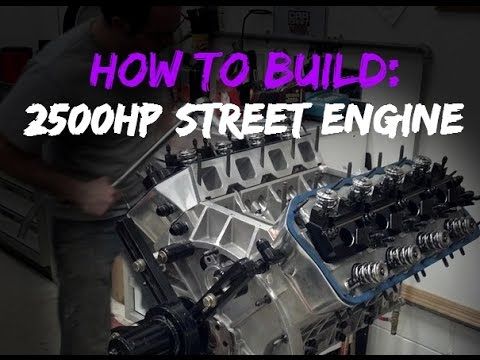 This question is usually asked by the owners of pit bikes, motocross motorcycles, snowmobiles, quadrics and motorized dogs, and especially motoblocks and motor generators, opening the maintenance manual for their equipment. In the "Kama Sutra" for each specific model of motor vehicles there is a section "Change the engine oil", which indicates the service interval. Specified in kilometers (mileage), hours, or both. In the first and third cases, it is easier to look at the odometer showing the mileage, and in the second - at the hour meter. If the equipment is equipped with it, and it works - everything is in order, you can not bother with how to count these hours, the electronics will calculate everything by itself. In the absence of a counter, you will have to study the theory a little. nine0003
This question is usually asked by the owners of pit bikes, motocross motorcycles, snowmobiles, quadrics and motorized dogs, and especially motoblocks and motor generators, opening the maintenance manual for their equipment. In the "Kama Sutra" for each specific model of motor vehicles there is a section "Change the engine oil", which indicates the service interval. Specified in kilometers (mileage), hours, or both. In the first and third cases, it is easier to look at the odometer showing the mileage, and in the second - at the hour meter. If the equipment is equipped with it, and it works - everything is in order, you can not bother with how to count these hours, the electronics will calculate everything by itself. In the absence of a counter, you will have to study the theory a little. nine0003
One motor hour for a gasoline or diesel internal combustion engine is a certain length of time that the engine will work under a certain load. The greater the load, the higher the engine speed, the faster the moto-hour will “wind up”. The lower the load, and, accordingly, the lower the operating speed, the longer the moto-hour will “stretch”.
The lower the load, and, accordingly, the lower the operating speed, the longer the moto-hour will “stretch”.
Important: there is no single formula for calculating engine hours for all types of equipment! Motohour is not equal to an hour of normal time! And it is not equal to 60 km traveled per hour at an average speed, as it is simplified when calculating TO where 250 m / h \u003d 15 t. km. For each motor, the hour is calculated individually. There is only a general principle of how to do it. nine0098
Engine hours for internal combustion engines can be compared with fatigue for a person: if you walk the same distance at a slow pace, or run, in the second option you will get tired in less time to the same state. But also, if you are faced with the task of overcoming 1 km on a flat road and 100 meters up the stairs, regardless of the speed and time spent, you will get tired more and earlier on these 100 meters.
Having done some work, a person can rest and recover, and the engine needs maintenance after work.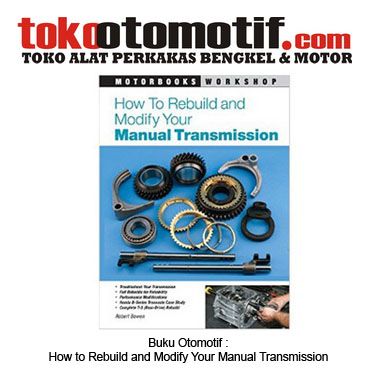 Depending on the type (gasoline or diesel), volume, and power, the operating standards for different engines differ. Therefore, for each specific model, the manufacturer writes its resource before maintenance, or general, before overhaul - in hours. nine0003
Depending on the type (gasoline or diesel), volume, and power, the operating standards for different engines differ. Therefore, for each specific model, the manufacturer writes its resource before maintenance, or general, before overhaul - in hours. nine0003
To put it simply, for stationary engines delivering peak power over a reasonably flat RPM range, 1 hour is calculated as:
But this is very, very simplified, and is not suitable for calculating, say, the oil change interval in a motorcycle or quadric engine, which constantly experiences variable loads and operates in different temperature conditions. nine0003
For a more accurate calculation of the time when it is time for your motorcycle (quadric or generator) to carry out maintenance, there is Kublin's formula :
Actual mileage (in km) = (244.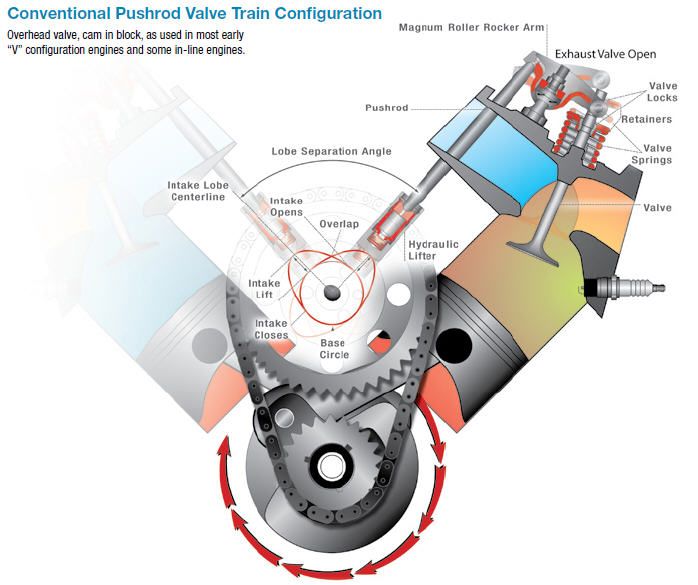 38 x TBN x Vm x Vdv) / ( L100 x Radar)
38 x TBN x Vm x Vdv) / ( L100 x Radar)
Where:
Here, a big role is given to the quality and type of the oil itself, the resource of which is also indicated in hours by the manufacturer. Mineral oils usually have less resistance and rarely "pass" over 150 hours. Semi-synthetics and hydrocracking - work up to 250, and good synthetics - from 300 to 500 m / h. If you wish, you can roughly translate engine hours - into a run to maintenance, multiplying the estimated figure by the average speed at which you drive. But this will also be a very, very conditional calculation. Because for engines of different sizes and capacities, for the same 5 tons of km, wear will vary significantly. nine0003
nine0003
In order to calculate the service interval on vehicles whose engine wear does not depend on mileage, or depends, but not directly proportional. For example, a working gas generator, peacefully standing in the corner of a garage, has no run, but winds up motorcycle hours. Or a small “two strong” outboard motor - it will not be possible to “change the oil every five thousand” in any way, it will rather fall apart than live to such a run. This also includes children's ATVs, motorized towing vehicles, mowers and other small-capacity vehicles that work a lot, but do not “run over” even one “thousand” km per season. And given the significant difference in the load, which can change even at one kilometer (ride up or down the slope, with or without a passenger, swim with or against the current) - a simple calculation of the engine running time is also not enough. nine0003
For a motocross bike not equipped with an odometer, the hour meter is the only instrument that indicates when it is time for service.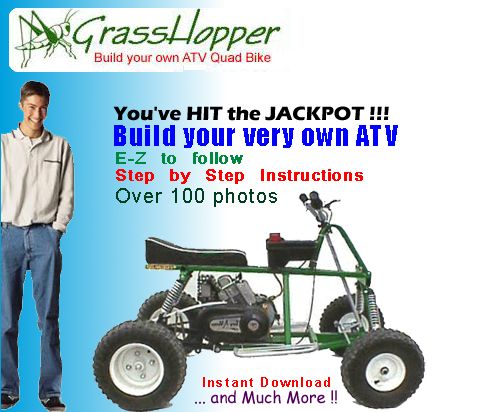 By the number of hours, the replacement of filters, oils in the engine and box, candles, and piston rings is regulated. An approximate resource to the "capital" for off-road equipment is also indicated in hours. Not to be confused with " machine hours ": This is a unit of measure for construction or road equipment used to calculate fuel, rental, or labor costs. nine0003
By the number of hours, the replacement of filters, oils in the engine and box, candles, and piston rings is regulated. An approximate resource to the "capital" for off-road equipment is also indicated in hours. Not to be confused with " machine hours ": This is a unit of measure for construction or road equipment used to calculate fuel, rental, or labor costs. nine0003
Another aspect where these incomprehensible “moto-watches” are important is the assessment of the state of motorcycle equipment, more precisely, the resource of its motor when buying from hand, used. To understand the conditional 100 hours traveled is how many, many or few, for a particular pit bike, snowmobile or ATV, you need to look at its owner's manual. Of course, the data could be reset, but then the discrepancy between the indicators of the counter and the general condition - wear of rubber, steering wheel grips, seats, plastic will catch your eye. nine0003
Hours are calculated either accurately, by electronics, taking into account the number and speed of revolutions of the crankshaft or ignition strokes, or, approximately, by calculating the amount of fuel used, taking into account the mileage, and the mode of operation of the engine. The on-board computer of modern ATVs, snowmobiles and motorcycles automatically counts engine hours and issues a warning about an upcoming maintenance. The BC takes data from the ABS sensors, crankshaft speed and coolant temperature, if any, or oil in the crankcase, if the motor is an air vent. nine0003
The on-board computer of modern ATVs, snowmobiles and motorcycles automatically counts engine hours and issues a warning about an upcoming maintenance. The BC takes data from the ABS sensors, crankshaft speed and coolant temperature, if any, or oil in the crankcase, if the motor is an air vent. nine0003
The most primitive way to find out how many hours a motorcycle engine has been running is to divide its mileage by its average speed. For a boat motor or generator, this method, of course, will not work - it’s easier to calculate engine hours by consumption. To do this, however, it is necessary to remember the amount of fuel consumed from the moment of the first launch, which is difficult. Engine hours - in kilometers are translated conditionally, using the same user manual, which indicates how many liters per 100 km the equipment “eats”. It is always necessary to add 15-20% to the nominal flow, then it will turn out closer to the actual one. nine0003
For the vast majority of off-road and household motor vehicles, the calculation is carried out by an electronic hour meter - a compact, inexpensive device, often combined in one housing with a tachometer. It is placed in a conspicuous place, its testimony is easy to read and unambiguously understood. The controller simply "accumulates" motor-hours from the moment of the first start and is reset manually - during maintenance. Depending on the model, counters are programmable or not, designed to count the hours of two and four-stroke engines. nine0003
It is placed in a conspicuous place, its testimony is easy to read and unambiguously understood. The controller simply "accumulates" motor-hours from the moment of the first start and is reset manually - during maintenance. Depending on the model, counters are programmable or not, designed to count the hours of two and four-stroke engines. nine0003
By type, the hour meter is electronic-mechanical, electronic (induction) and vibration. The first option is used mainly in tractors and is rarely found on small motor vehicles:
An electronic meter is attached by a sensor (signal wire) to a high-voltage wire and reads the pulse of the generated spark, and with its body it “lives” on the steering wheel or in the tank area.
Vibrating - fastened directly by the body to that part of the engine or its lining, which most clearly transmits vibrations from work. This counter is more often used for diesel engines: nine0003
Induction option - can only be used in engines with a spark ignition system: gasoline and LPG. If the motorcycle is not equipped with a factory controller, you can install it yourself. It is not difficult, the main thing is to read and understand the instructions. The functionality of most electronic motor hours is the same: only two buttons and a 4-5 digit display.
If the motorcycle is not equipped with a factory controller, you can install it yourself. It is not difficult, the main thing is to read and understand the instructions. The functionality of most electronic motor hours is the same: only two buttons and a 4-5 digit display.
Typical settings for an induction meter with a tachometer - mode selection: nine0003
The device works automatically, starting with the engine. There are more complicated options, designed for multi-cylinder engines, and simpler ones - only for single-cylinder 2-stroke engines, without a tachometer, without settings. Which hour meter to choose depends entirely on the type of motor. Of the additional options - be sure to make sure that there is good moisture protection. A clock with a tachometer is usually powered by a built-in battery.